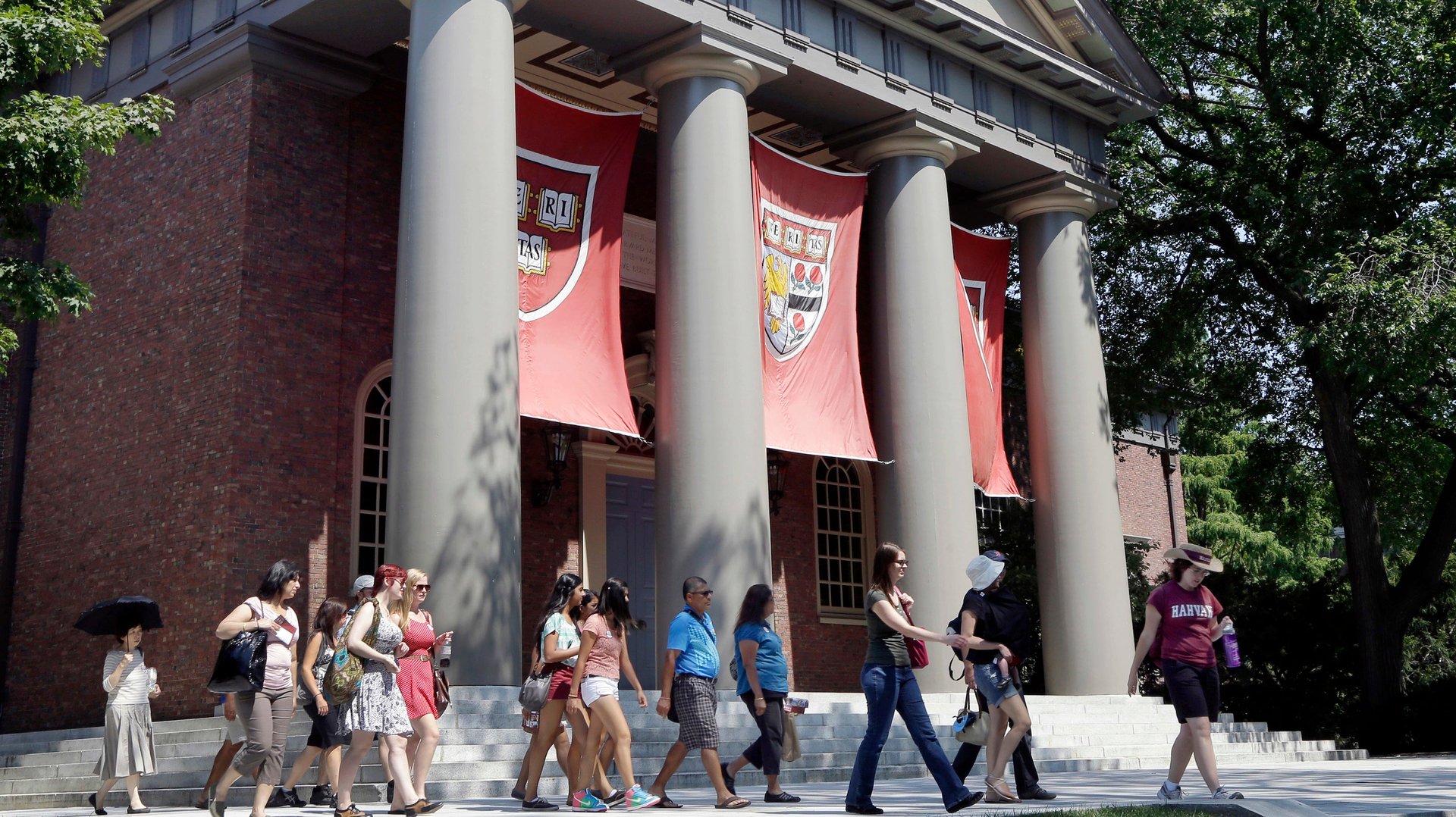What happened when I tried to teach Harvard undergrads about inequality and poverty
I checked the syllabus for the next topic in the undergraduate economics class I teach at Harvard, and I lit up. I was going to cover inequality and poverty in the US and across the world.


I checked the syllabus for the next topic in the undergraduate economics class I teach at Harvard, and I lit up. I was going to cover inequality and poverty in the US and across the world.
After a few dry lectures on market demand and supply and drawing graphs to understand taxes and subsidies, I sensed my students were ready for a change of scene. Finally, a practical topic we could discuss in class. I could even ask for examples and anecdotes.
The whole semester, the class had seemed to demand more rigor (contrary to stories about the Harvard “bubble”). One student asked for the multi-variable derivation of how to make an optimal decision, just “for fun.” Another came to every office hours to review practice questions that most students didn’t even know where to find. Yet another not only read the assigned reading for class every day, but also the textbook of a higher-level economics course.
I outlined how I would teach the material to my 20 kids. As a postgraduate degree candidate myself, I wanted to make sure they learned something. I would teach them how to measure various statistics about income, what poverty in the US looks like, and how some economists have dedicated their careers to eradicating poverty.
I excitedly showed my slides to the other instructors of the same course. I had a section on the evolution of poverty across space and time, and a few links to videos illustrating what poverty means in different contexts. I shared some details on my research in development economics in India, Brazil, and Sri Lanka.
The others scoffed. “They’re Harvard freshman. They all went to private school and they’ll never care about poverty just by learning about it in class. They won’t be able to internalize any of it. They’re smart, but they are the privileged 1%.”
Knowing I had to bring the issue closer to home, I had an idea. I compared the US median household income of $53,000 and poverty rate of 15% with the median household incomes and poverty rates from each of the cities my students were from. Surely, I thought, this would resonate with them. These kids were randomly allocated to my section—statistically, I had to have a distribution that represented America. Harvard University strives for diversity.
I ran the numbers through the Census data. The lowest median household income of all the cities represented by my students was $120,000 per year. The poverty rate in the city with the lowest rate in our class was 0%. Nobody in that student’s hometown lived in poverty.
My data was not a fluke. Elite colleges have become more affordable, but not more accessible. Even if some families are not in the top 1% of the economy, they live in communities and situations that gives their children access to the best that money can buy. They might be poor, but they are privileged.
So how to teach students like this about the rampant poverty crisis in the US and around the world? I went back to the drawing board. I was determined to make this class count. I had to teach the next day.
By 1 AM, I had an answer. I outlined an exercise in which I would ask them to blindly guess the median household income and poverty rates in their hometowns before I told them. I also used the Gini coefficient to compare inequality around the world. I showed them what $1 could buy you in different years and in different places.
Why do I care so much?
Some educators don’t see the need for a conversation about inequality for 18-year-olds who have just started their own life journey. Some argue that you can never teach this in the right way, so don’t bother trying to. There are, however, strategies to “burst the bubble” of a largely white and affluent cross-section of people. Some term this “disturbing the comfortable.” It is essential to have this conversation early and often so that the best and the brightest can use their talent for good. Trying to do this and risk failing is better than not trying at all.
Maybe Harvard itself could help my students understand what this means in “real life.” With its vast resources and commitment to exposing its students to the world, it was this elite platform that might do the trick.
So, I listed all of the study abroad and immersion programs, and service or volunteer opportunities that the University has to offer. I gave them previews of real research done by Harvard academics about inequality around the world. If I couldn’t convey what poverty was in a classroom, I could encourage them to explore the world and find out.
As I wrapped up my lecture, I waited for questions in the final two minutes of class time. There were none. I was disappointed that I hadn’t gotten through, or that I tried too hard and missed the mark. Maybe I overestimated my students.
But that night emails arrived from several students. Many started with the same line: “Thank you for today’s class. Are you holding office hours this week so I can ask you more about it?”